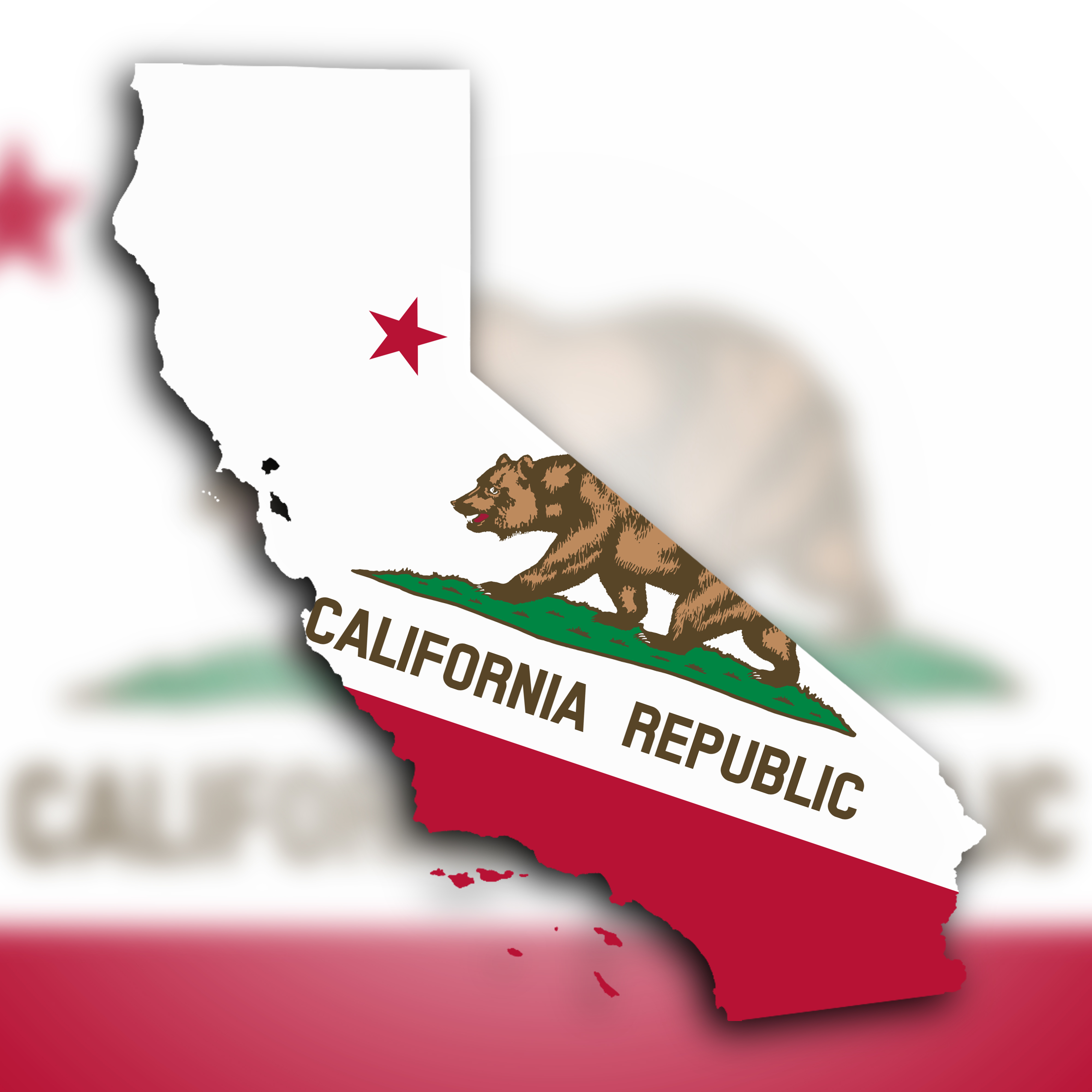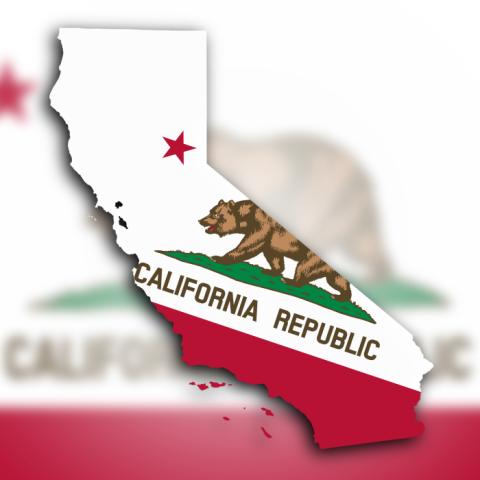- Politics, Institutions, and Public Opinion
- Campaigns & Elections
- State & Local
- Law & Policy
- Civil Rights & Race
Only half of California’s State Senate is up for election each cycle (Senate terms are for 4 years) with the even-numbered districts up this year. Due to the 2010 redistricting, it is also the first time these districts are up for election under the new boundaries. The 20, even-numbered Senate districts account for 48% of the total registered voters and 1.8 million Californians voted in the June primary (21.2% turnout). The Democrats won 52% of the overall vote (compared to 59% in the 2012 primary). Even though Democrats lost their Senate super-majority when the chamber suspended three ethically-tarnished Senators, Republicans need to net 2 seats to prevent a possible Democratic super-majority in the next legislative session.
Incumbents in Trouble
Currently, there are no Democratic incumbents the Republicans have a serious chance of defeating.
Open Seats Ripe for the Picking
SD 28: Because of redistricting, SD 28 is brand new and without an incumbent and at PVI R+6, it is strongly Republican. This is a certain pick up for the Republicans (the current SD 28 is a San Francisco seat, held by indicted and suspended Democratic Senator Leland Yee). Four Republicans won 66% of the primary vote and neither of the two Democrats managed to make the top-two; as such, Republican Riverside County Supervisor Jeff Stone and Republican former Assemblywoman Bonnie Garcia will face off in November.
SD 34: This Orange County seat has been a target for Republicans for some time and with Lou Correa termed out and the new boundaries, Republicans have a solid chance. The two Republicans running received 67% of the June primary vote. Republican Orange County Supervisor Janet Ngyuyen even received a clear majority in the primary (52%) easily beating second-place Democratic former Assemblyman Jose Solorio.
Competitive Seats Republican Have to Hold
SD 12: This Central Valley seat is not only a plurality (46%) Democratic and has a citizen-age voting population of 43% Latino, but both Jerry Brown and President Obama carried it in 2010 and 2012, respectively. Nonetheless, Republican State Senator Anthony Cannella’s Democratic opponent, businessman Shawn Bagley, has limited resources (raising just 17% of Cannella’s fundraising) and only received 36% of the primary vote.
SD 14: State Senator Andy Vidak won a hard fought special election in 2013 and like SD 12, this district isn’t one you’d expect a Republican to hold, but Vidak pulled in 61% of the primary vote and maintains a substantial cash-on-hand advantage over his Democratic challenger, Fresno Unified School District Trustee Luis Chavez.
Races to Watch
SD 32: For all-in-tense purposes, this is a “Calderon” seat. While Ron Calderon may be term-limited (and suspended while under federal indictment), this LA region is home to the Calderon family political base. But like we saw with Ian Calderon’s second place finish in his AD 57 re-election primary and Charles Calderon’s crushing defeat for a judgeship, any Calderon connection could be heavy baggage. The question, though, is whether it is enough to tarnish any Democrat running in this area. Republican Downey Mayor Mario Guerra hopes so. So far, Guerra is running a strong campaign winning 44% of the primary vote to come in 1st despite being out-raised and out-spent by his Democratic opponent, former Assemblyman Tony Mendoza.
With Anthony Cannella and Andy Vidak in a solid position for re-election and with SD 28 a guaranteed pick-up, Republicans would only need SD 32 or SD 34 to prevent a Democratic super-majority. The Senate Republicans’ path is significantly less steep than their Assembly counterparts’, even if the November electorate is strongly more Democratic-leaning.
For more on the 2014 races, check out The California Electoral Landscape – Assembly Races here and A First Look at California’s Statewide Contests here.
Hoover Institution research fellow Carson Bruno studies California's political and policy landscape.
Follow him on Twitter: @CarsonJFBruno

















